
1971
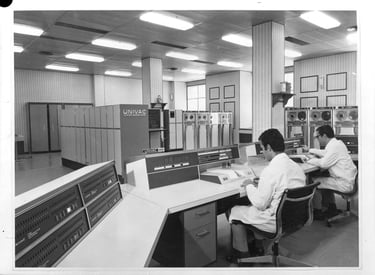
Telefónica makes Spain a world leader in packet-switched networks. The Company is a pioneer in this technology, identical to the technology used today on the Internet. The so-called RETD changes everything.
Inauguration of the world's first public packet-switched network
01
On July 30, 1971, another world historical milestone took place in which Telefónica played a leading role. The company inaugurates the world's first public packet-switched network in Madrid, the same technology that now powers the Internet. The words of the then Minister of the Interior, Tomás Garicano Goñi, which were reported in the press, confirm this pioneering event: “I don't really know what this is, but if it's for the good of the Spanish people, it's inaugurated!”. For this milestone to occur, there is a confluence of conditions. First, there was a very favourable economic context, with Spain open to the world and growing at a very good pace. In addition, Telefónica was led by a young executive chairman, Antonio Barrera de Irimo, with ideas of renewal and reform, who helped to boldly undertake projects such as this. In addition, the Spanish banking sector needed to improve its data processes. And Banesto supported Telefónica's venture from the outset. There was also a necessary requirement in this whole project, to amend the existing contract with the state, which did not provide for the data. Following negotiations, the Decree of 21 December 1971 authorised Telefónica to develop and operate public data transmission networks. The challenge of data transmission brought together for the first time two technological worlds that were alien to each other, the analogue (telephony) and the digital (computers), and Telefónica explored, with courage and foresight, the necessary ways to make it possible for them to understand each other.
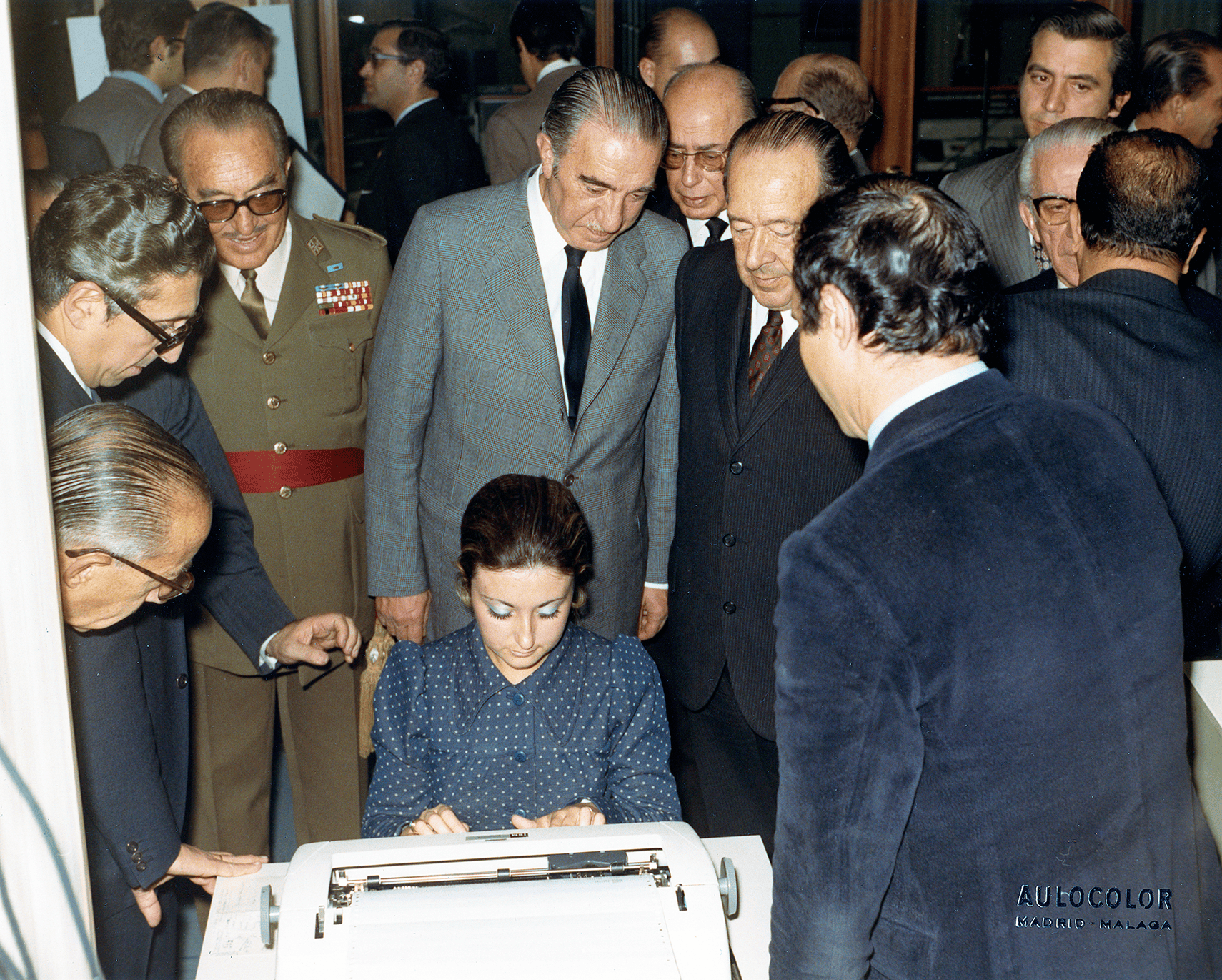
RTDE is born
02
With a lot of vision and determination, and the aim of seeking out and learning from the latest in data transmission, a group of Telefónica engineers travel to the United States in this year. They learn about a UNIVAC solution based on packet switching, which UNIVAC had developed for a banking consortium, and they go for it. From then on, using this equipment and developing the necessary software to convert this private company solution into a public network, the RETD (Special Data Transmission Network) was born. The network had two other centres, in addition to the one in Madrid, in Barcelona and Bilbao, with duplicate computers in both centres that were starting up with services. This asynchronous communication allowed a better use of network resources, as they were occupied only at times when there was real traffic. Internationally, the first public packet-switched data network to be set up, after the Spanish network, was the Telenet network in the USA. This was followed by the Transpac network in the USA three years later in 1974 and the Transpac network in France seven years later in 1978. That's why a report by the US Department of Commerce said in the early 1970s: "Spain has one of the most technologically advanced data transmission networks in the world (...) most of the advanced countries are still in their experimental phase or have just started to develop networks using the same packet switching technology as Spain".
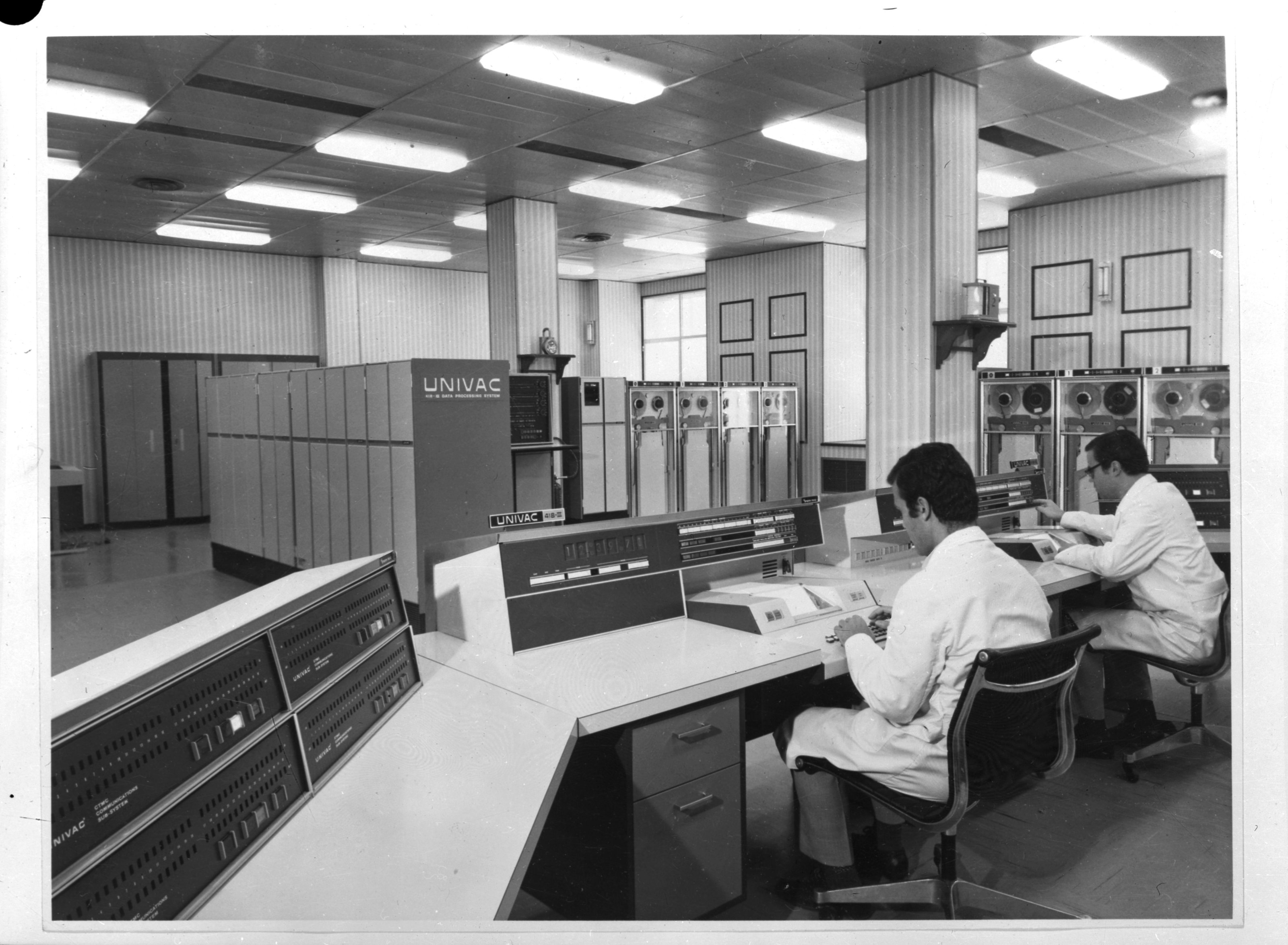
The CTNE is completed
03
San Sebastian was the only place in Spain in 1970 where CTNE did not have the service concession. In 1909, the contract for the operation of an urban network had been awarded to the City Council (the royal family spent their summer holidays in this city and it was from here that Alfonso XIII signed most of the legislation presented by the Government each year). This continued over the following decades due to the high quality of the telephone service it offered. However, in 1970, the huge increase in demand for telephones meant that the waiting list in San Sebastian reached a figure of over 13,000 telephones, which it was unable to meet, so that, after 62 years of independence, an agreement was reached in 1971 for the definitive transfer of both the networks and the employees to CTNE. The municipality received 1 billion pesetas (6 million euros) payable over five years. At last CTNE completed the entire network in the country.
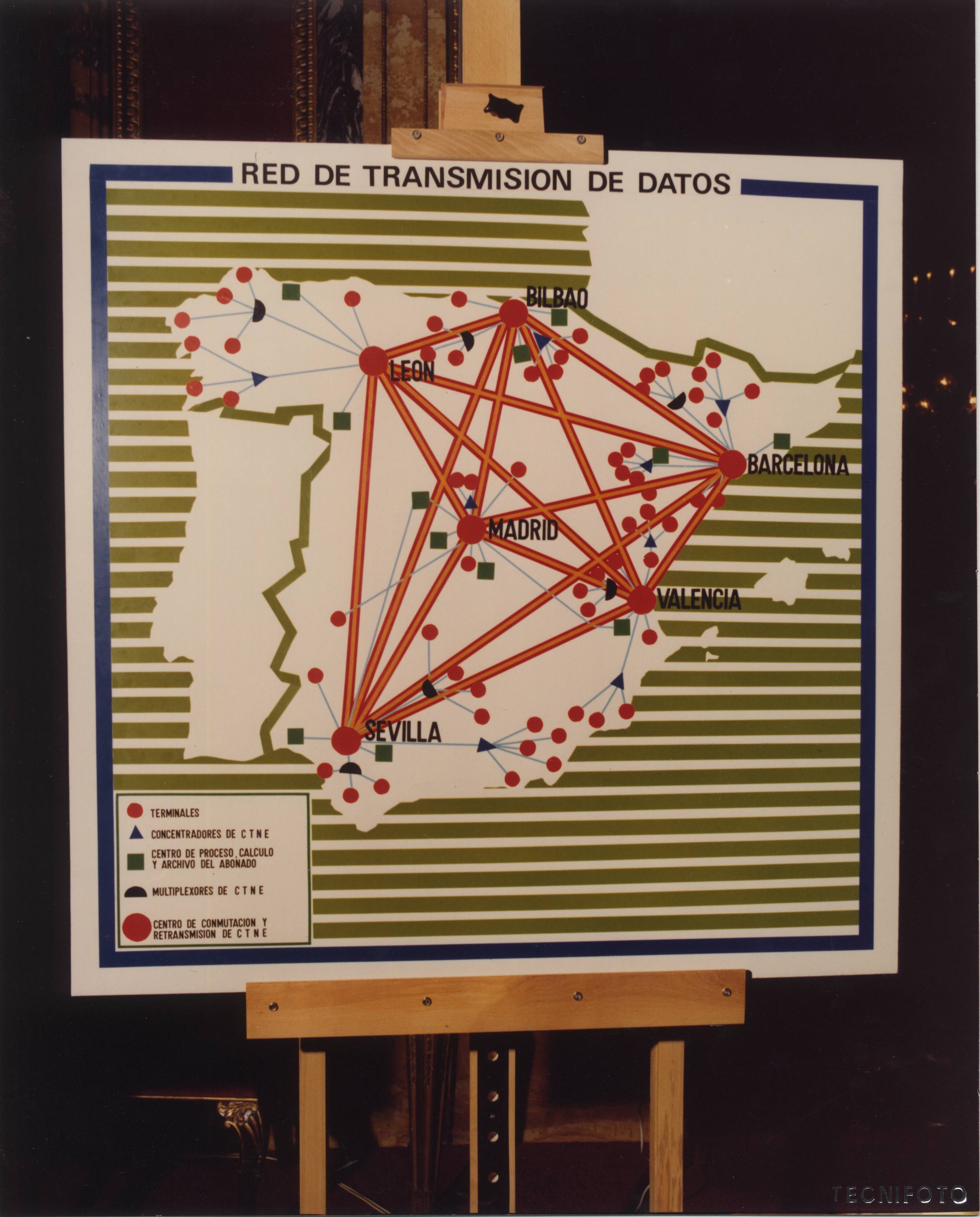
New submarine cable installations
04
The challenges beyond the peninsula this year were also significant. Among the most notable installations in 1971 was the commissioning of the submarine cable between Bilbao and Goonhilly, England, with 640 circuits of capacity, of which Telefónica owns 65%. This will improve direct communication between Spain and the UK and other northern European countries. Other important submarine cables will also be inaugurated this year. The so-called TRANSCAN (August) which links, with 480 telephone circuits, the islands of Fuerteventura, Lanzarote and Gran Canaria. And PENBAL II (September), which with its 1,840 circuits - the largest capacity in the world in service at that time - links the island of Gran Canaria with Conil (Cadiz) and which, together with PENCAN I, which links Tenerife with San Fernando (Cadiz), will become the logical axis of future communication between Central and South America and Europe. The PENBAL submarine cable, which links the island of Majorca with Barcelona (1,380 circuits), is also coming into service and will meet the high demand in the Balearic Islands, while facilitating the routing of circuits in transit.
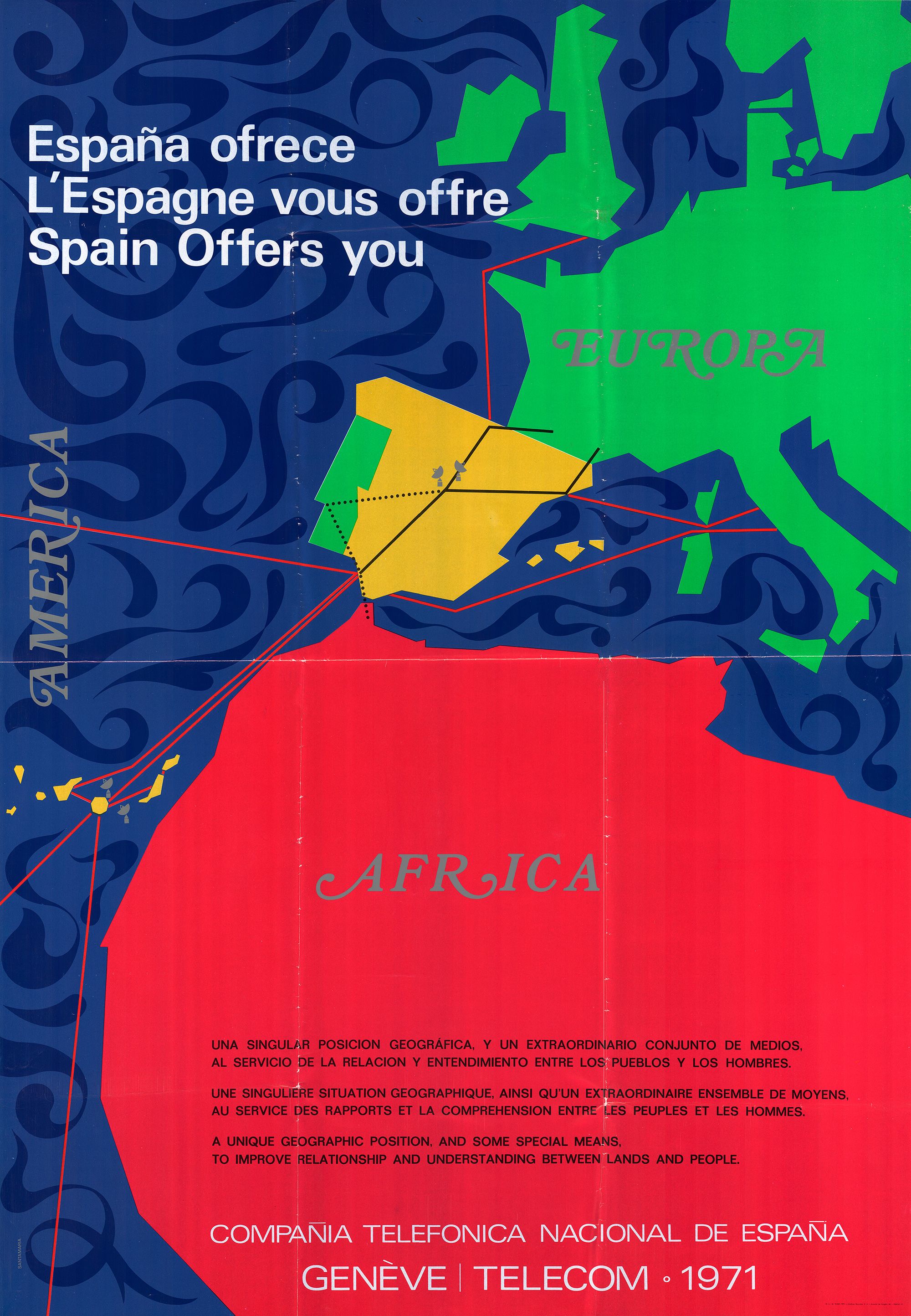
Five million phones
05
In these years of accelerated growth, from one million telephones in 1953 to five million in 1971, a five-fold increase in less than two decades. The demand for telephones was already well established in Spain.
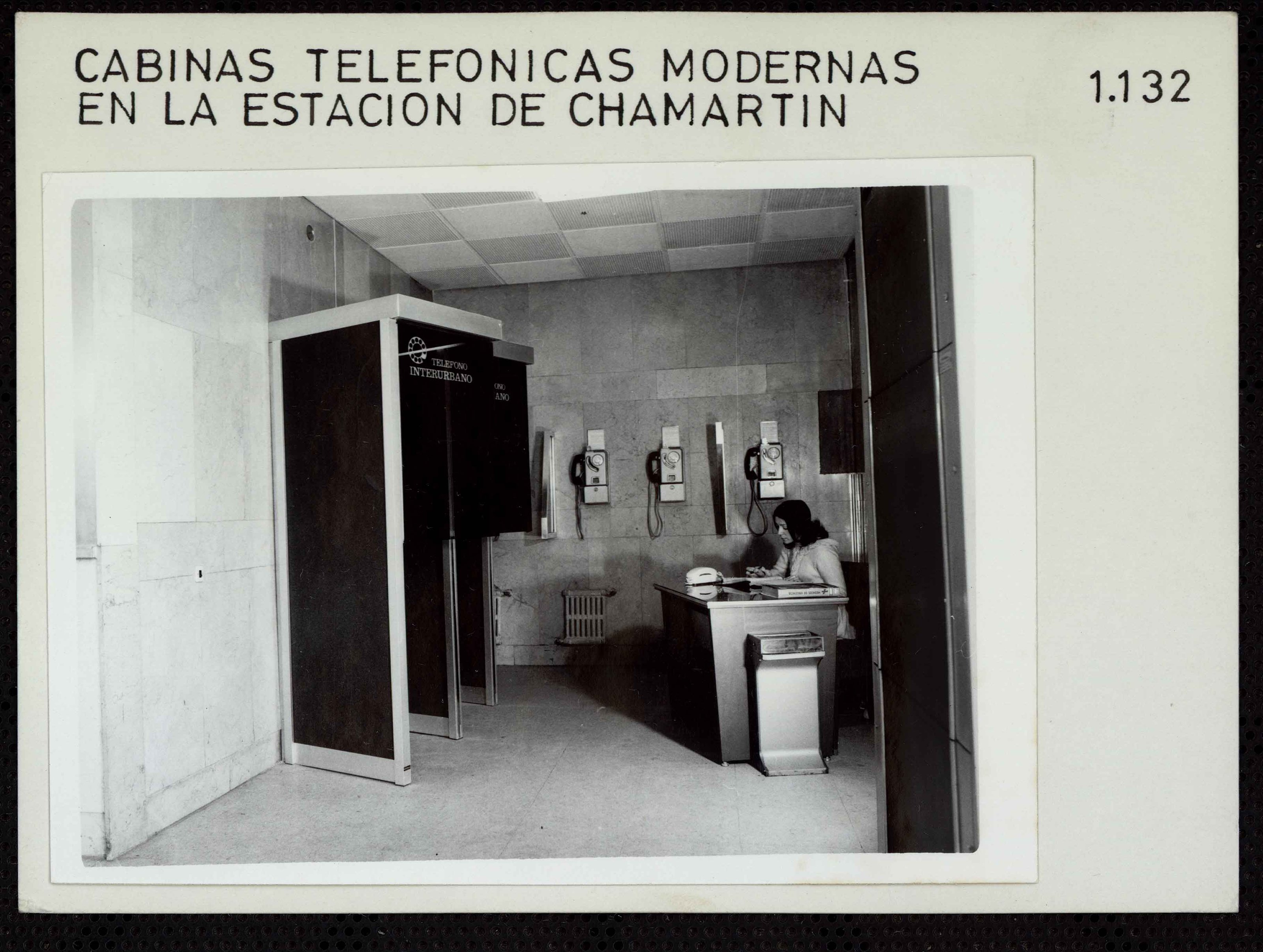
Phone booths on the beach
06
The boom in Spain in 1971 is also noticeable in European tourism, which chooses this country as a destination. And Telefónica caters to the tourists who settle on our coasts, putting into service the phone booths on the beach, both in the north of Spain: Riazor (La Coruña), Laredo (Santander), Zarauz (Guipúzcoa), Sitges (Barcelona), Lloret del Mar (Gerona), among others. And soon also in a very fashionable place in the south, the Costa del Sol. There, phone booths are set up in Fuengirola, Marbella and Benalmádena (Málaga). The idea was to facilitate communication without leaving the beach so that the user "can talk to London or any other European or Spanish capital".
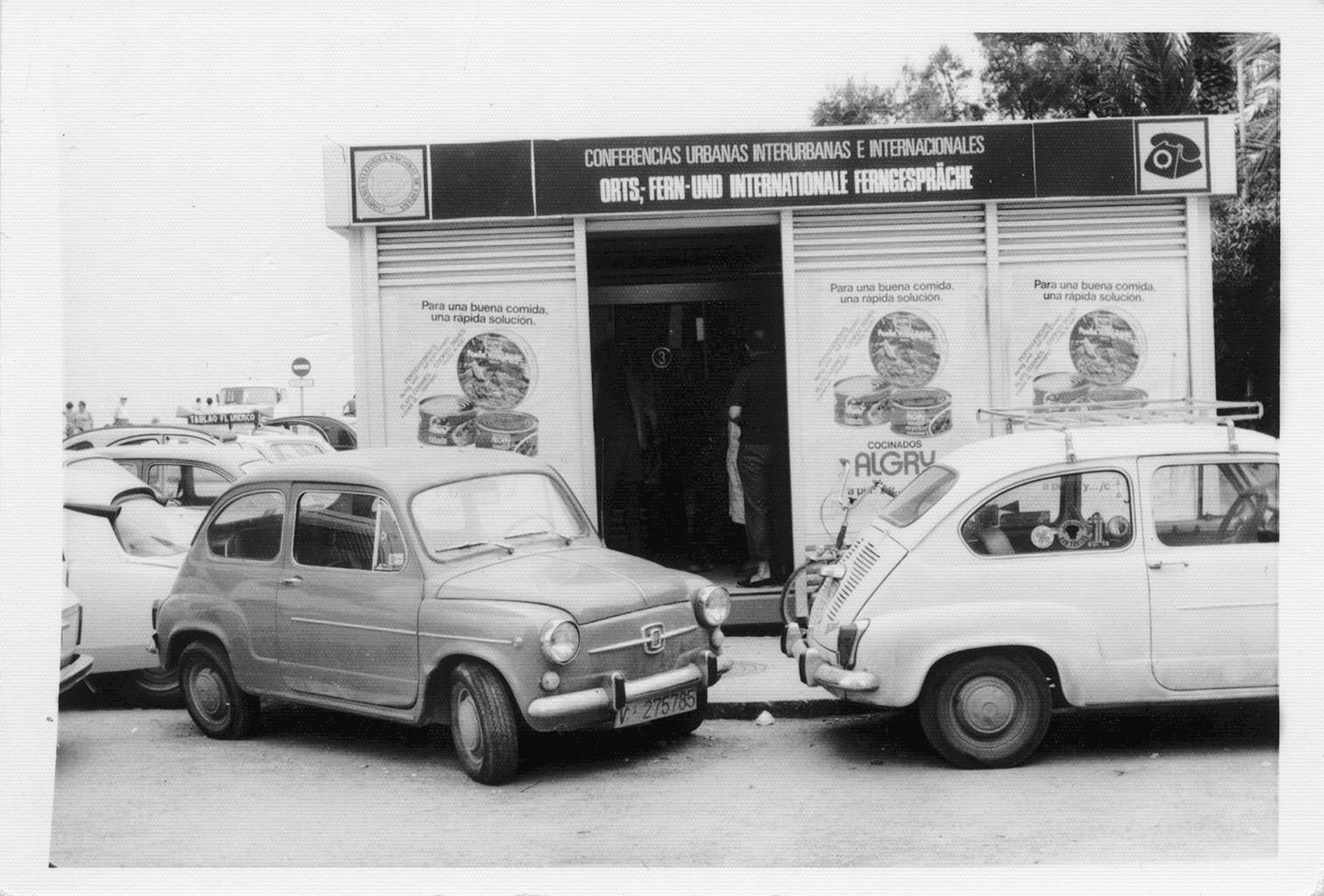
Do you have doubts about what happened?
Ask Aura